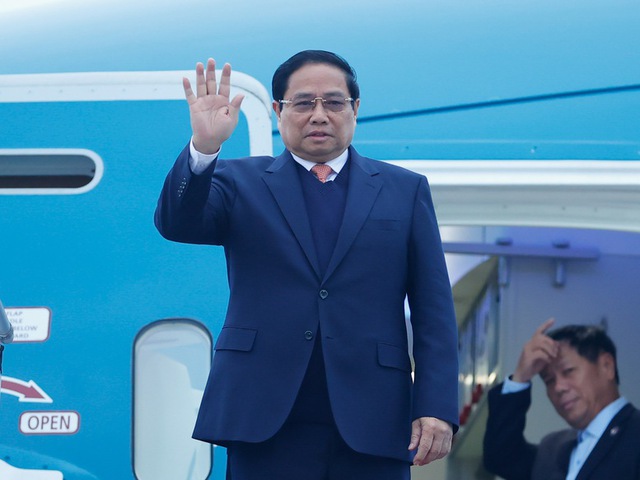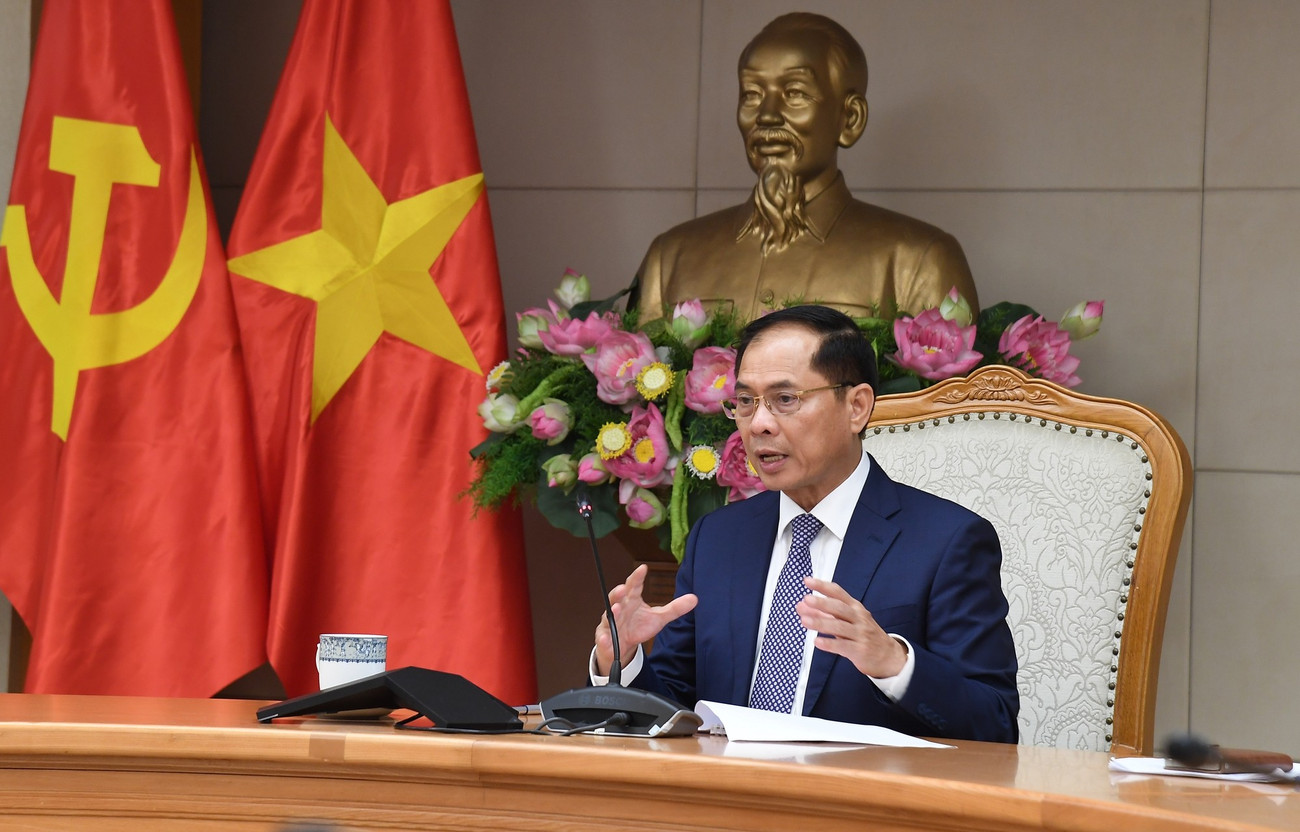MOIT VIETNAM | The Intense International Rail Race: Vietnam vs. Laos vs. Thailand
/ News / Activities
The Intense International Rail Race: Vietnam vs. Laos vs. Thailand
A train with 19 refrigerated containers, totaling around 280 tons of fresh veggies, set off from Kunming (Yunnan, China) on February 7 and arrived in Bangkok 55 hours later. Thai fruits are scheduled to leave for China on an international train in the afternoon.
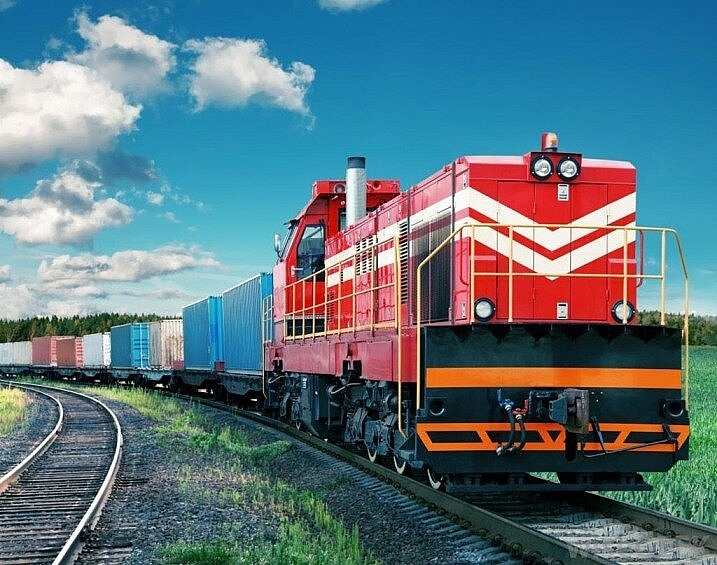
After five years of construction, the 414-kilometer high-speed railway that linked the town of Boten on the border with Yunnan, China, to Vientiane, the capital of Laos, finally came online at the tail end of 2021. There will soon be a cutthroat competition for international transportation (LVQT) thanks to the recent connection of this Laos-China railway to Thailand's railway.
Withdrew 11.2 million tons of cargo and 8.5 million passengers after just one year in operation
A 1,035-kilometer high-speed railway that officially opened on December 3, 2021, connects Vientiane, the capital of Laos, with Kunming, the capital of Yunnan Province in China. Data shows that in its first year of operation, the aforementioned railway has carried goods and passengers to over ten countries, with a total of 11.2 million tons of cargo. The official route for Laos to join the international border consisted of goods trade with a value of 1.66 billion USD. Since Vietnam's rail industry will only carry 4.52 million people and 5.7 million tons of cargo in 2022, this is seen as a remarkable achievement by the Laotian railway industry.
Mr. Du Zhigang, CEO of the Laos-China Railway, revealed that the bulk of Laos' exports consist of agricultural goods and minerals, including rubber, coffee, cassava, barley, beer, ore, plus potassium. Concurrently, we are bringing in vital items, primarily machinery and equipment, from China. This includes things like machinery, electronics, and auto parts. While it used to take around two days to transport goods between the two countries by road, now it only takes thirty hours by rail.
Laos has partnered with China's Belt and Road Initiative (BRI) to construct and open this railway line, with the goal of becoming the land connection hub of the Indochina peninsula. Beginning in January 2023, as part of the Comprehensive Economic Partnership (CEP) between China and the ASEAN region, the railway line connecting Laos and China will be extended to numerous other countries and regions, including Cambodia, Thailand, and Malaysia.
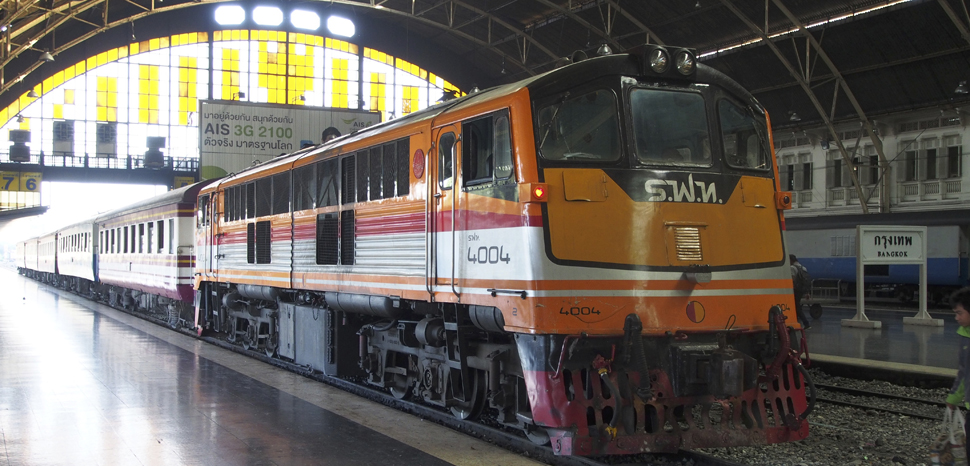
Thailand gets into the global competition
The Laos-Thai railway, which Thailand has been building since 2017, aims to connect with the Laos-China railway, which is also under construction, in preparation for this race. Upon completion of this railway, it is anticipated that Thailand will be able to export approximately 300,000 tons of agricultural products to China annually. These goods will primarily include rice, durian, coconut, rubber, and others.
With the opening of the railway connecting China and Thailand, travel time and money saved can be as much as 20%. The distance between the two countries can be covered in just 24 hours. This means that agricultural goods and fruits from Cambodia and Thailand can be transported to China quickly and easily. Concurrently, China will be able to receive an enormous quantity of goods through this railway line that passes through twenty-five provinces and cities. Burma, Laos, Thailand, Vietnam, and other ASEAN nations.

Vietnam Railways is confronted with both possibilities and threats.
We currently have connections with Chinese railways between Dong Dang – Pingxiang and Lao Cai – Son Yeu/Ha Khau Bac for Vietnam. At present, Vietnam and China are limited to utilizing the direct Dong Dang – Bang Tuong route due to the railway gauge difference (1,000/1,435) between the Lao Cai – Son Yeu / Ha Khau Bac and Dong Dang – Bang Tuong routes.
"On the Western railway, some traditional flows of goods such as sulfur and iron ore exported to China have decreased sharply, leading to a low output of international intermodal goods through Lao Cai railway border gate." — The chief executive officer of the Hanoi Railway Transport Joint Stock Company, Mr. Nguyen Viet Hiep, disclosed.
In 2022, the total output of international rail freight through the two border gates of Dong Dang and Lao Cai will exceed 949,000 tons, a 9% increase from 2021, according to statistics. Among these, 538,202 tons are imported from China, a 6% increase from the same period in 2021, and 411,000 tons are exported from Vietnam, a 13% increase from the same period in 2021.
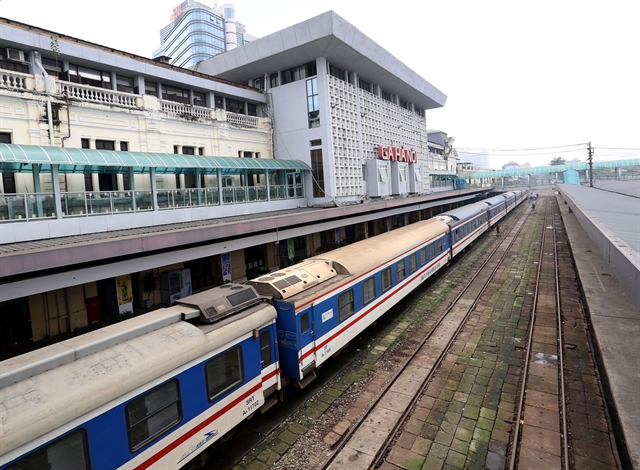
As a result of the influx of capital from Chinese companies into the Vietnamese market, China has been Vietnam's primary supplier of chemicals, machinery, equipment, and raw materials for a long time. The average monthly value of goods imported by Vietnam from China is ten billion USD.
On the other hand, Vietnam mainly exports two types of goods to China: processed electronics (including computers, phones, and components) and agricultural goods (including food, fresh produce, seafood, fibers, and more).
Vietnamese Deputy Minister of Agriculture and Rural Development Tran Thanh Nam warned that once the China-Thailand railway is operational, the country's agricultural exports would be up against formidable competition at the Forum to promote agricultural and food trade between Vietnam and Yunnan (China).
At the moment, China remains our country's top market for agricultural imports, including staples like rice, cassava, fresh veggies, pepper, cashew nuts, rubber, tea, and coffee. Our road-transported goods will struggle to compete with Thailand's if our railway industry does not rapidly adopt international transportation standards.
With effect from February 20, 2023, Kep station will serve as an international train station, relieving pressure on Yen Vien and Dong Dang stations. If we want to make the most of the international trains that travel through China to transport goods to Europe, we need to prioritize funding the project of a uniform railway gauge between the Lao Cai and Hekou Bac stations as soon as possible.
In an effort to cut down on transit times and costs, the railway link between Thailand and China has been speeded up. Additionally, there are plans to expand the Laos-China railway in the coming decade so that it can link up with Beijing, China, Bangkok, Thailand, and Singapore. The issue confronting officials in Vietnam regarding the development of railways is of the utmost urgency in light of the aforementioned cutthroat competition.
-
/ News / Activities
Prime Minister Pham Minh Chinh’s Strategic Visit to Laos Marks New Chapter in Bilateral Relations
Prime Minister Pham Minh Chinh’s official visit to the Lao People’s Democratic Republic and his co-chairmanship of the 47th meeting of the Vietnam–...
-
/ News
Deepening Cooperation, Strengthening Regional Unity
On the afternoon of July 28, 2025, at the Government Headquarters in Hanoi, Deputy Prime Minister and Minister of Foreign Affairs of Vietnam, Mr. B...
-
/ News / Activities
Vietnam and Laos Accelerate Toward Deeper Regional Integration and Unprecedented Trade Growth
In an era where regional connectivity and economic resilience are critical pillars for national development, Vietnam and Laos are emerging as a mod...



